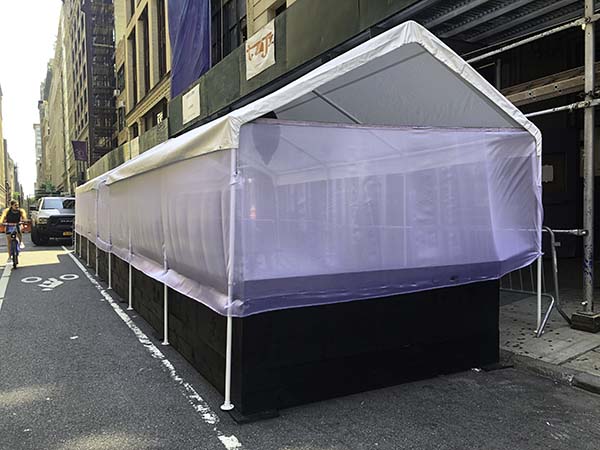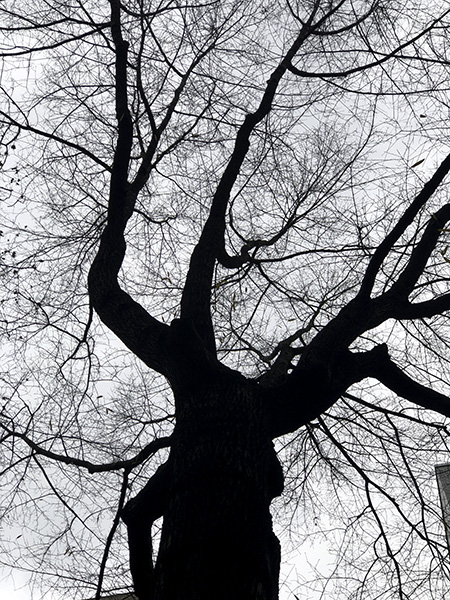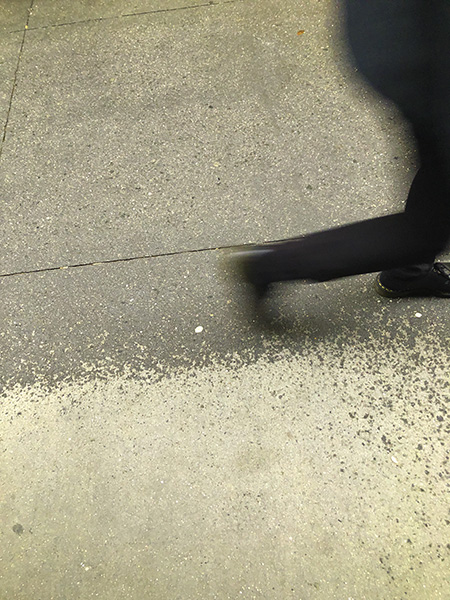What To Do When You See Artwork Being Copied Without Permission
Recently, I read a comment on Linked In from an artist who was shown a local church calendar that had been put together by people in her area using scans of work by different artists.
None of the artists were mentioned by name, no source was mentioned for the artwork, and no copyright notices were on the calendar itself.
To her, and to me as well, it’s clearly an infringement of fair use and a violation of the rights and property of the artists whose art was used.
But is that all there is to it?
It’s Private Property
Unless one believes that no one has the right to private property, and that you can take and use anything you like that belongs to someone else, there’s something obviously wrong here. And the artist who was shown the calendar picked up on it quickly enough.
I don’t believe that any major world religion has as a part of its teachings that theft is justified, or that personal property can or should be appropriated by others for their use without the permission of the owner.
Thus you might expect members of a church or synagogue or mosque or temple to be even more aware on this subject than people who aren’t religious devotees. But as you know, this misappropriation of the property of artists happens all the time.
The Basic Problem
I think the basic problem is that many people honestly have no idea that they’re doing anything wrong, especially if the calendar or decoupaged plaque or card or whatever derivative product isn’t being used to make money.
And they don’t think of art as property. I suspect that’s the case with this church group’s calendar.
Well-meaning people wanted to do something nice for church members, and it probably didn’t seem to them that they’re hurting anyone.
It was probably a lot of fun putting the calender together with artwork that they really like, much like we’d cut pictures out of magazines when we were kids and put them on charts or in scrapbooks or on birthday or holiday cards.
Where Do We Draw the Line?
But where does one draw the line on fair use? This has been a major legal question over the past few decades.
Remember Napster and its free music downloads? That got snuffed out in court because a whole lot of money was involved, and now music downloads cost 99 cents/song at iTunes.
Perhaps at some point we’ll have a service that provides art content for personal, non-retail use, at a set fee as well, but until that day people will continue to do things with art that they love just because they love it and they don’t see anything wrong with it.
Here’s Where I Draw The Line
Where I draw the line is on commercial, retail use of art that hasn’t been paid for.
That’s just blatant, out-right theft with the sole purpose of making money from the intellectual property of another. If someone cuts images out of calendars and make cards to send to friends, it doesn’t bother me and it isn’t worth going after.
You just can’t chase down every person who does that sort of thing, and the legal fees would be stupendous to do so.
But if that same person copies the art for reproduction onto products they intend to sell, then that’s something to get really steamed about and that’s when you must take action to protect your rights, your name and your income.
If the violation of your intellectual property rights takes place on the internet, I suggest contacting the site, or the person named as responsible for the site, and advising them of the violation.
When To Involve An Attorney
If no response or an unsatisfactory response, you can always go to the company that is hosting the site and advise them of the copyright violation. If egregious, you may have to involve an attorney.
Sites can be shut down and internet service providers have no desire to find themselves in the middle of someone else’s lawsuit.
If the violation takes place in the marketplace, that is, on retail products for sale to consumers, then it may be time to involve an attorney as your first step.
The products would have to be removed from sale at once and destroyed, and royalties would need to be paid on any sales to date.
There may even be damages due in egregious cases of infringement. Consult with your attorney about legal remedies.
Protect Your Rights!
It’s important that you protect your rights as an artist and as the copyright holder and owner of your intellectual property. In the case I mentioned above that begins this article, the artist decided to bring up the matter in a nice way with the group that created the calendar.
Sometimes educating a person about property and copyright rights is all that needs to be done to remedy such a problem.
– – – –
(c) Lance J. Klass. All Rights Reserved. This article may not be reproduced with the expressed written permission of the author.
For information about copying all or part of this article, contact the author atart@porterfieldsfineart.com.
Be sure to check out our main site at www.porterfieldsfineart.com.
Follow and “Like” us on Facebook and join with us on Twitter for timely tweets on the subject of art and art licensing.
You may also wish to check out our Art and Licensing News site at www.artlicensing.org for daily updates of the latest in news and articles about art and art licensing.
Tags: art licensing, copyright abuse, copyright infringement, copyrights, how to license your art, licensing art, protecting your rights


















Care To Comment?